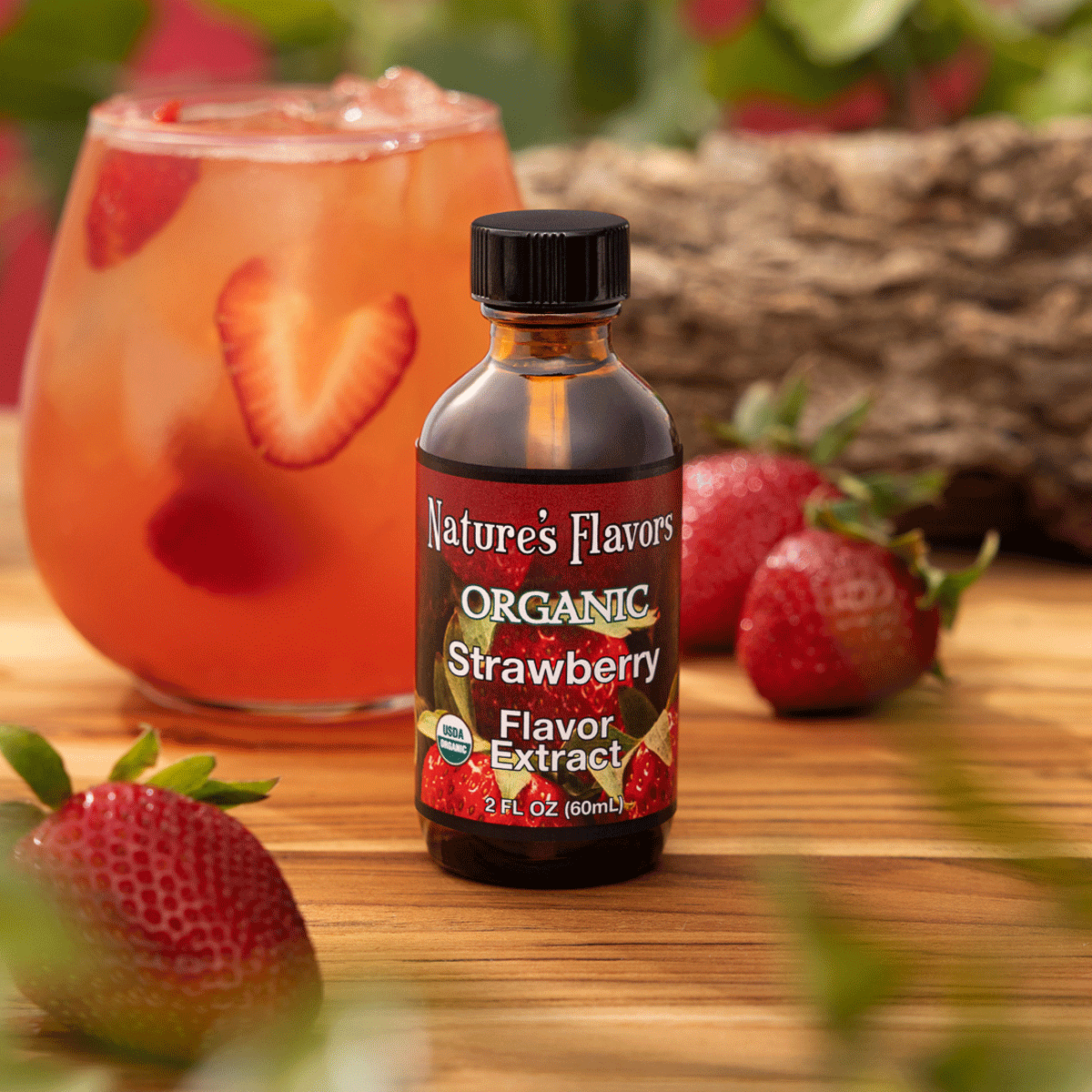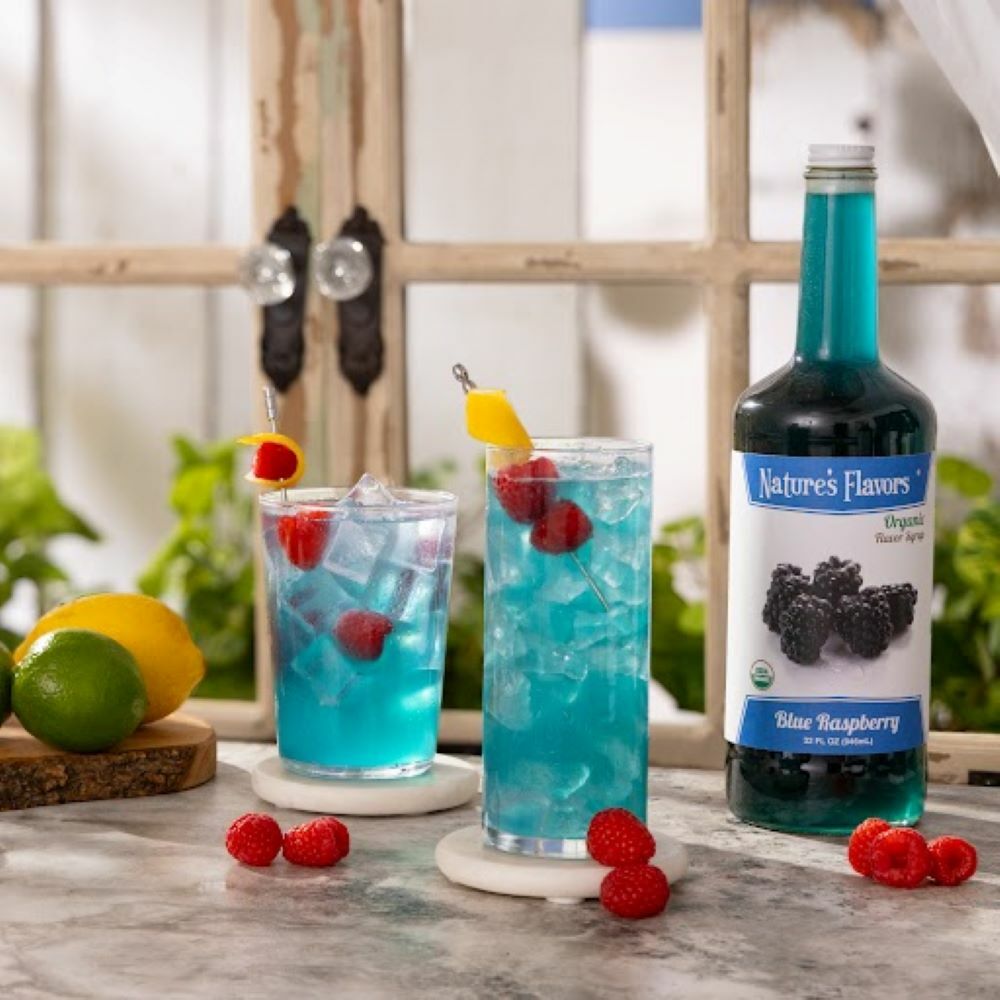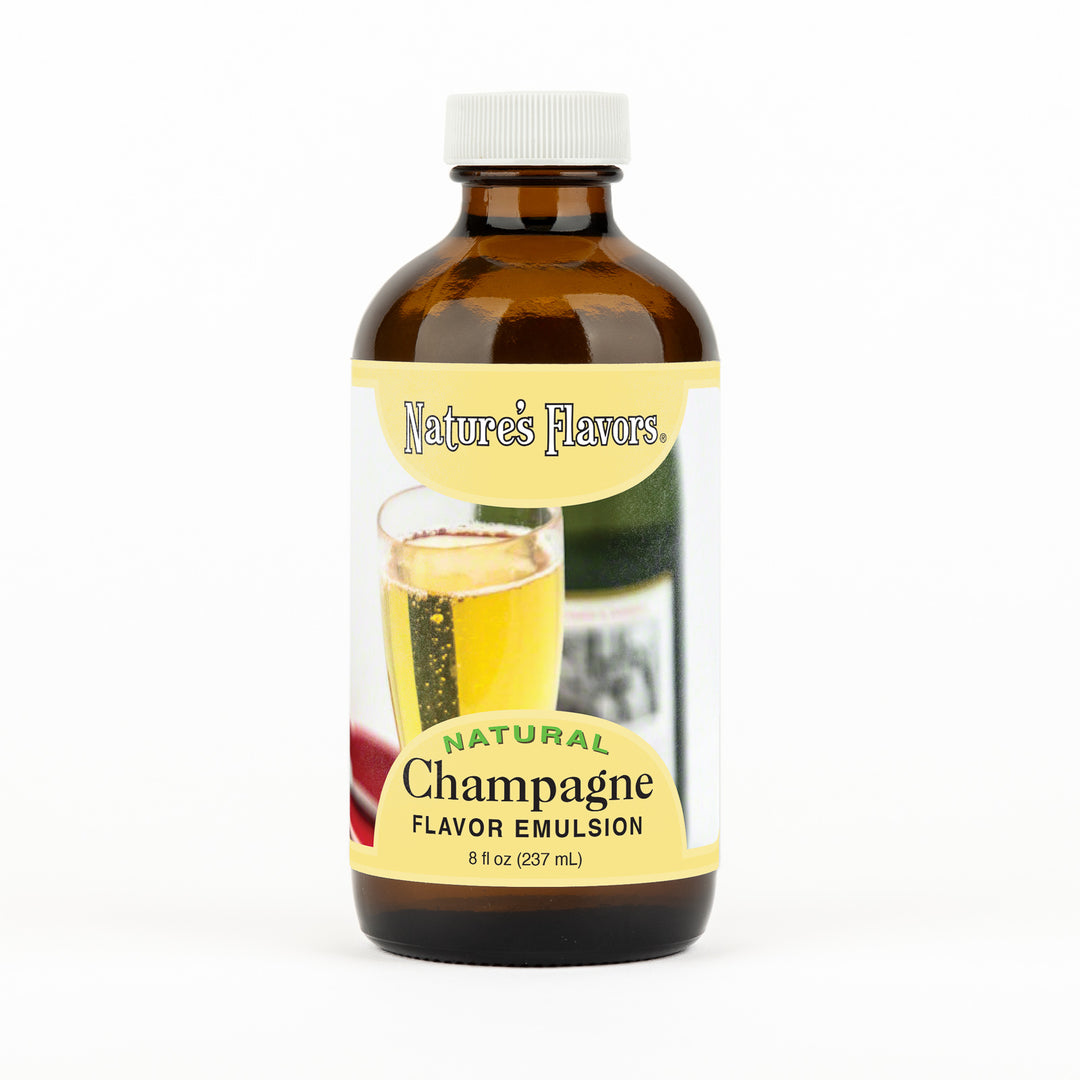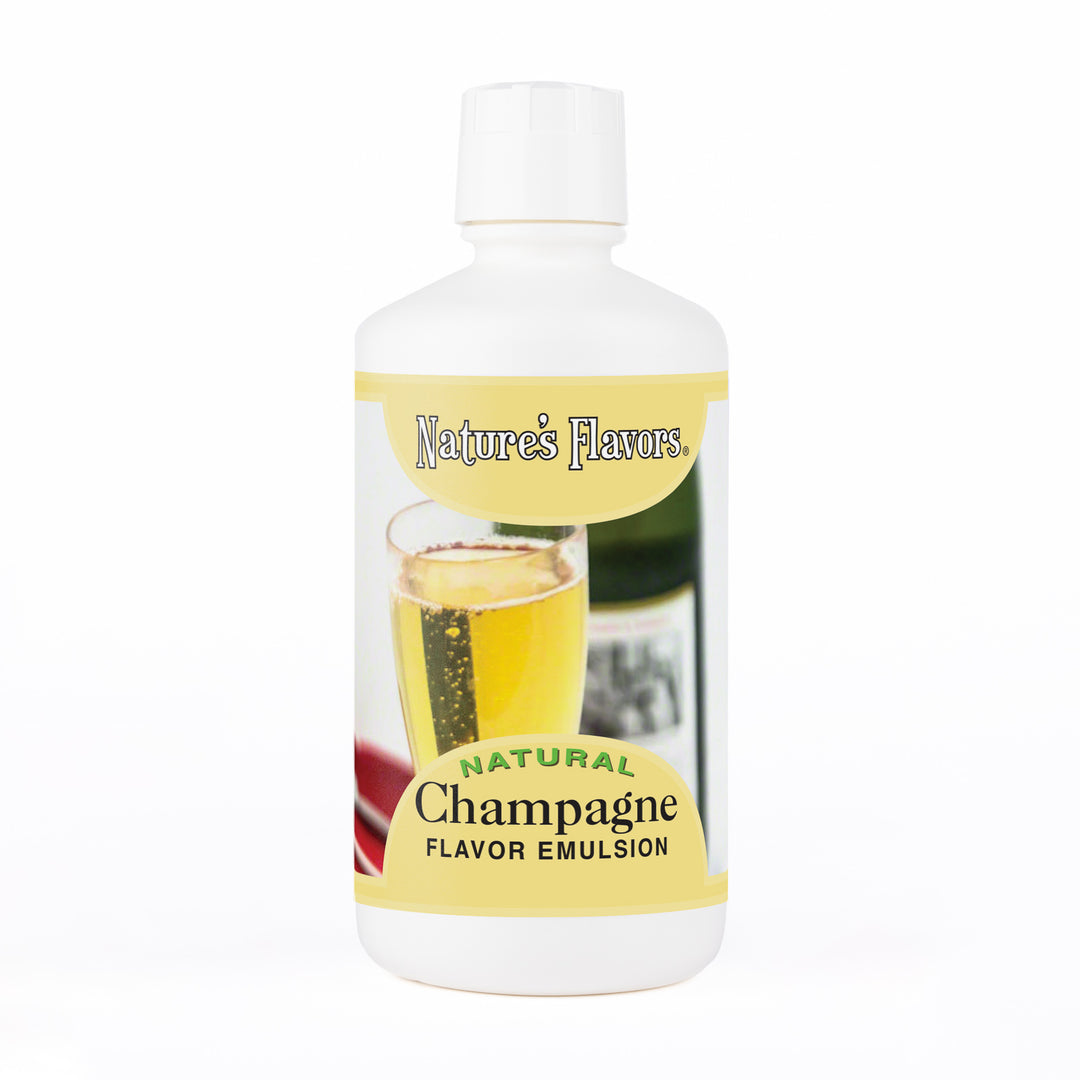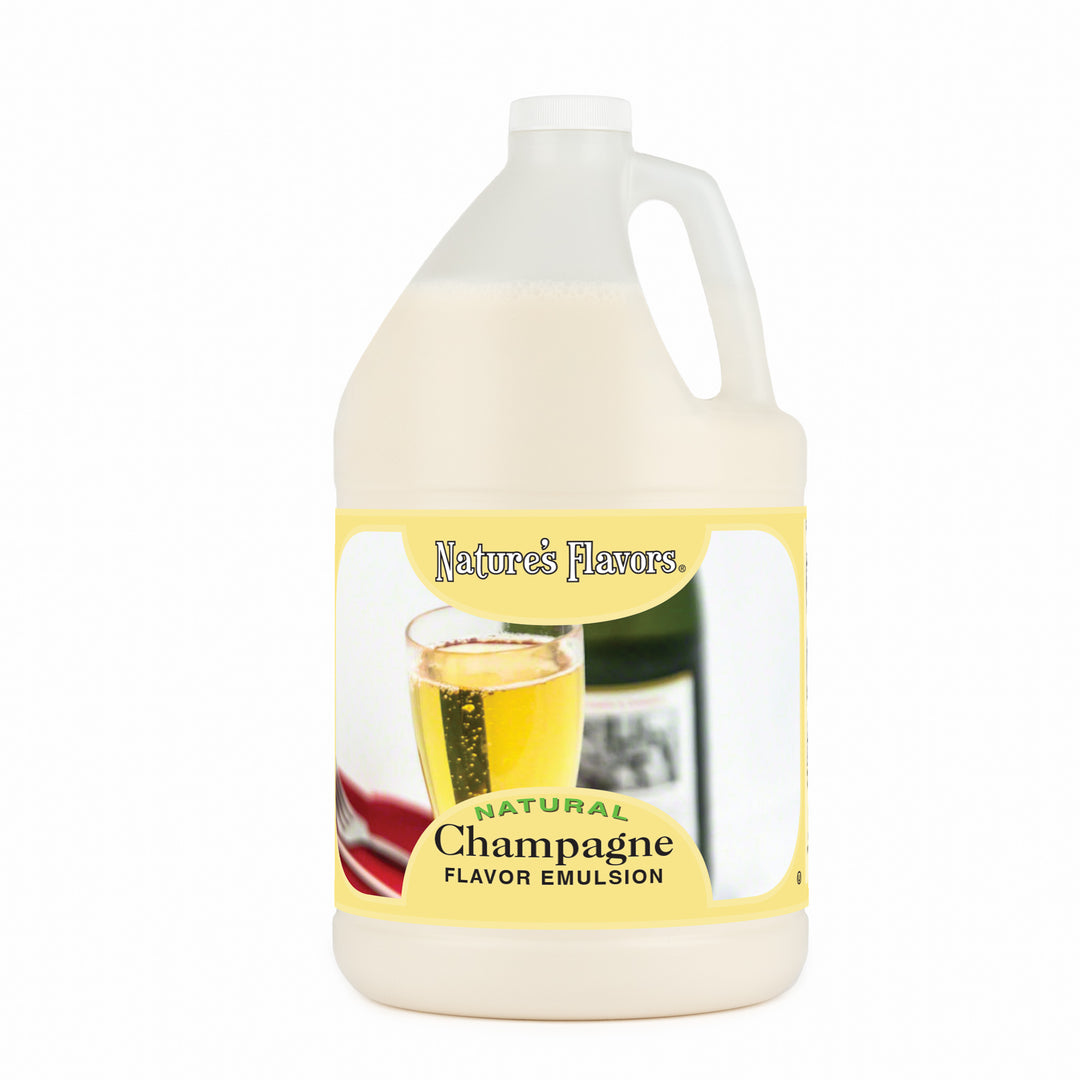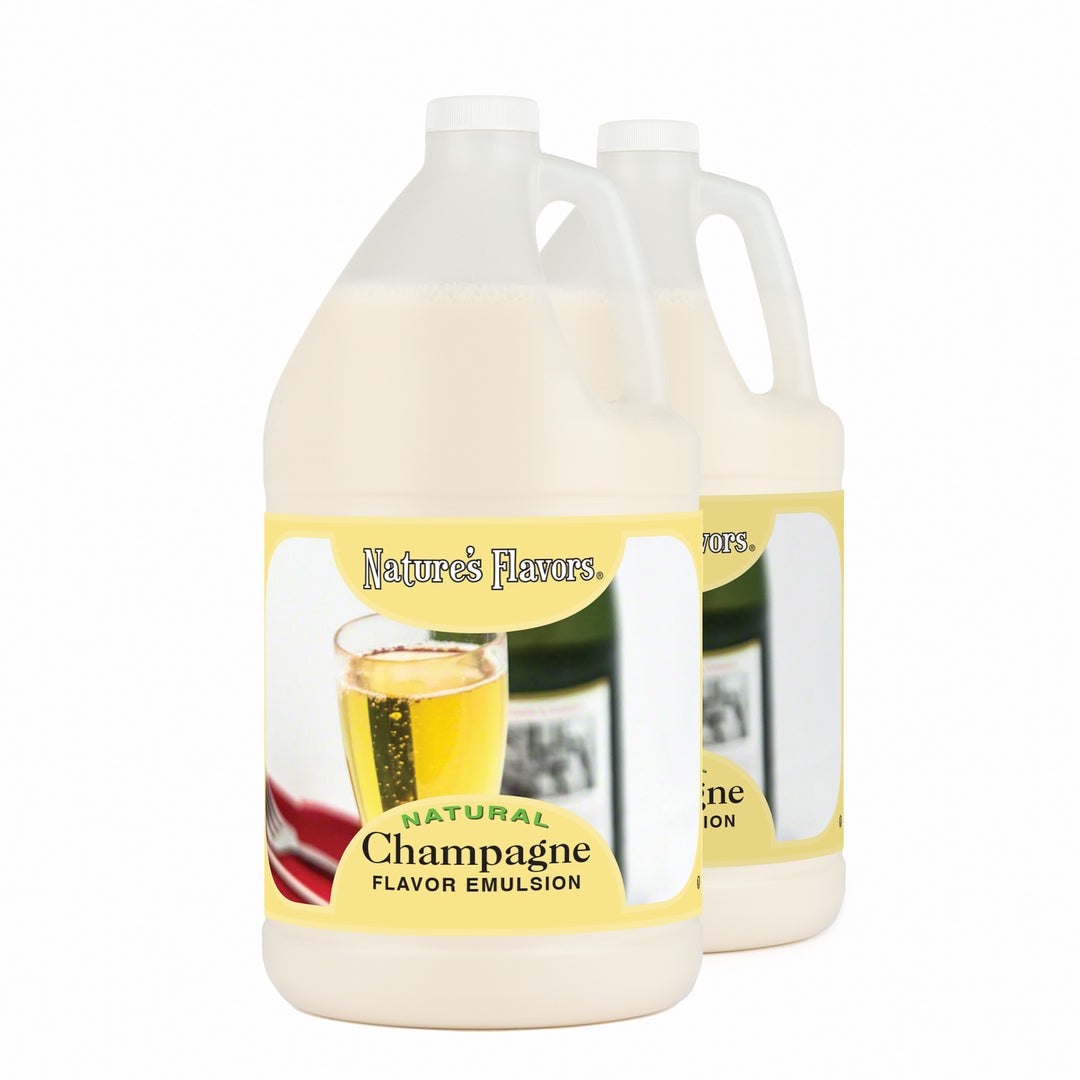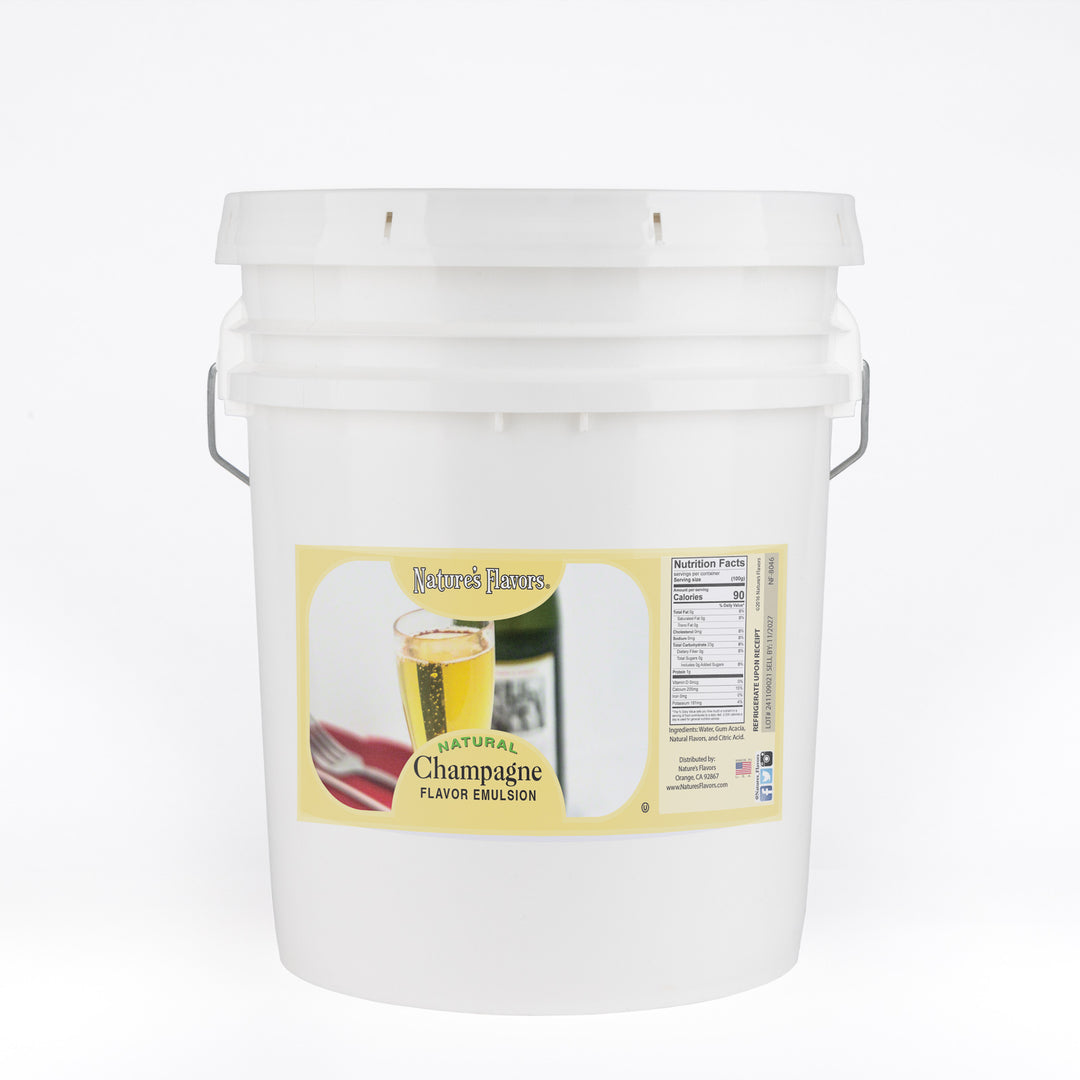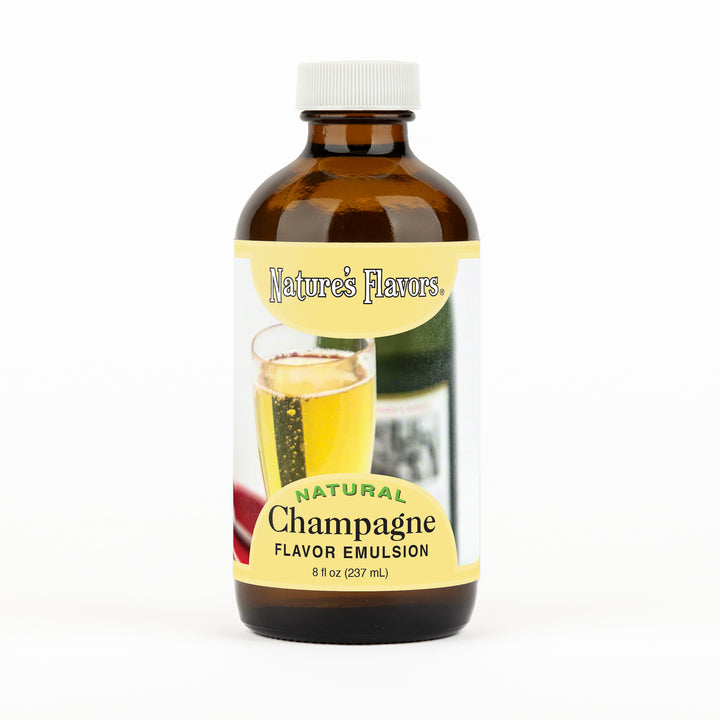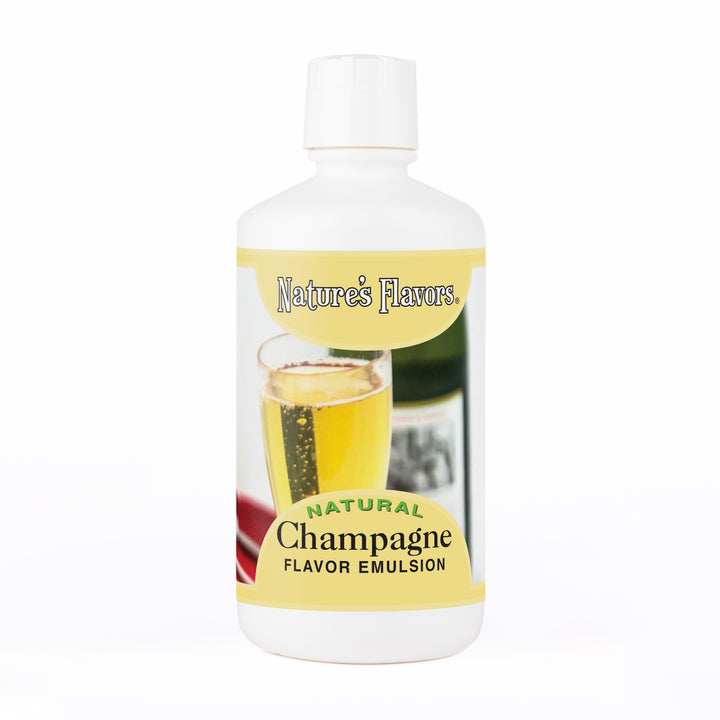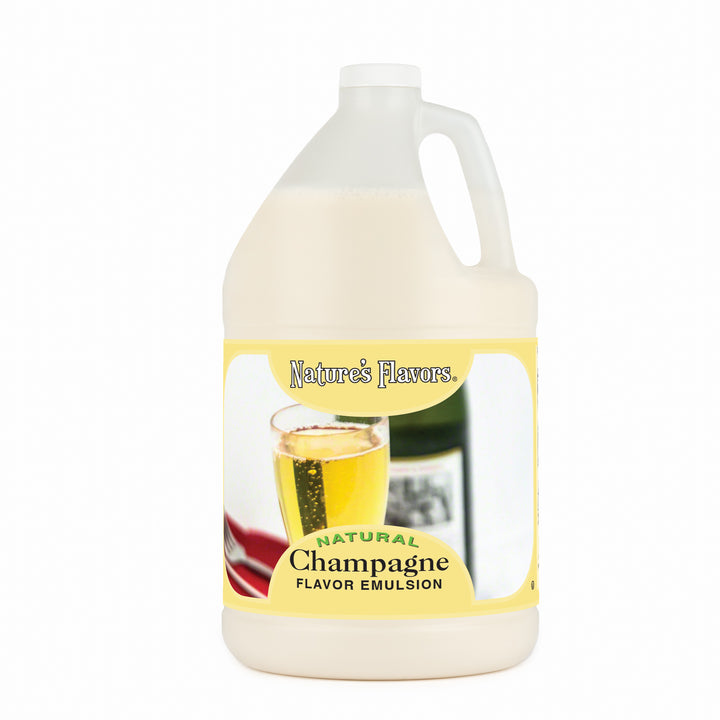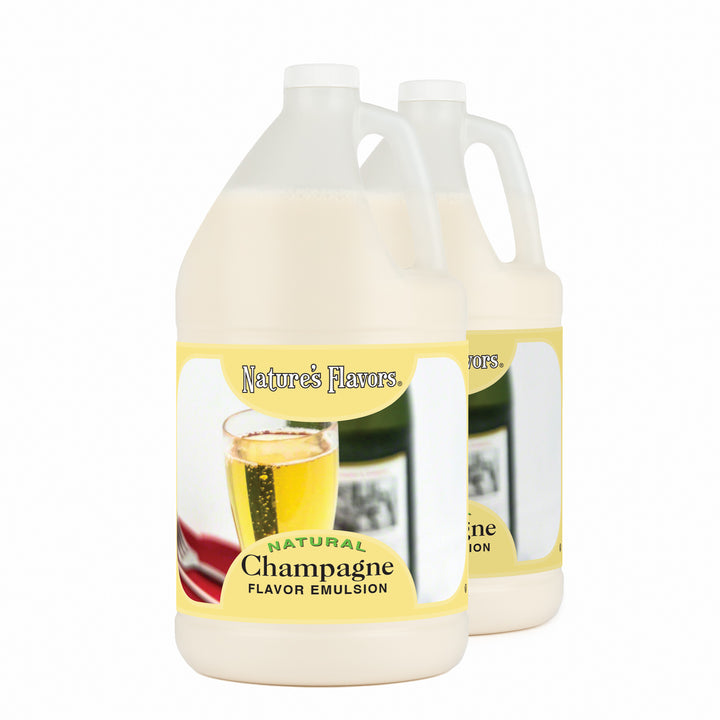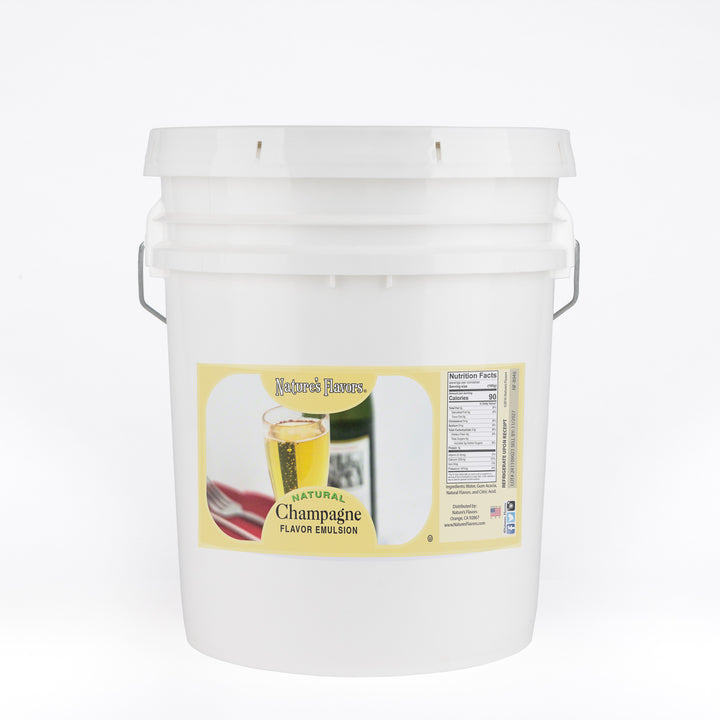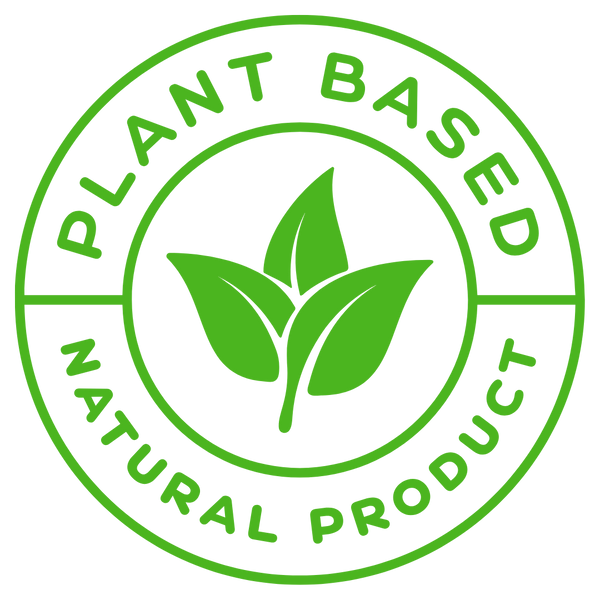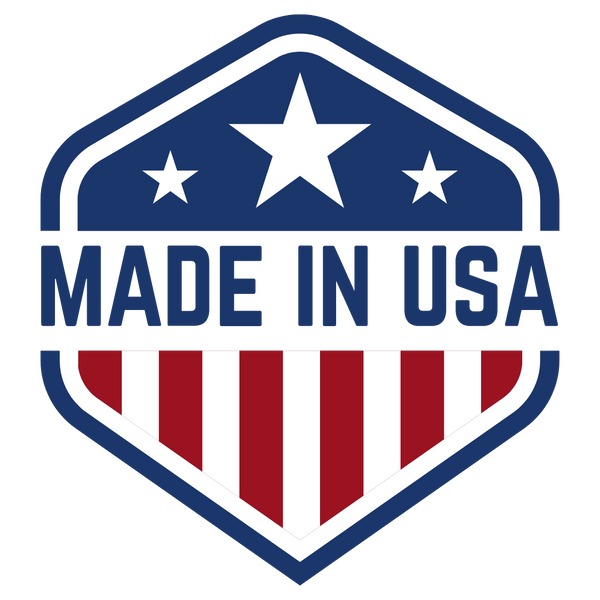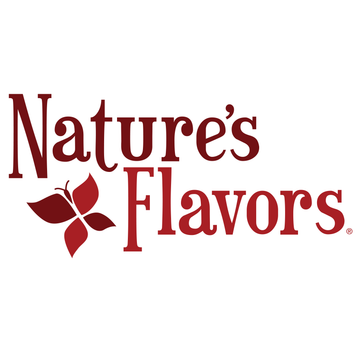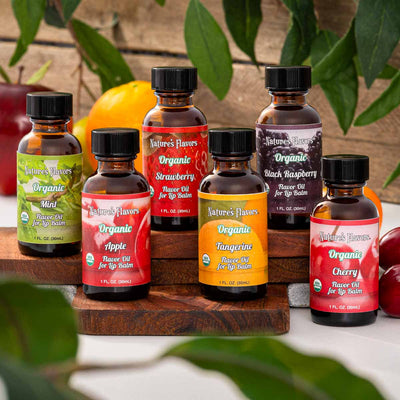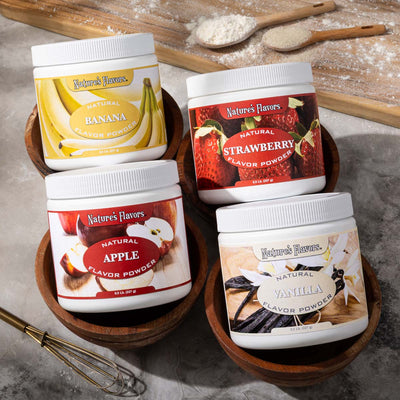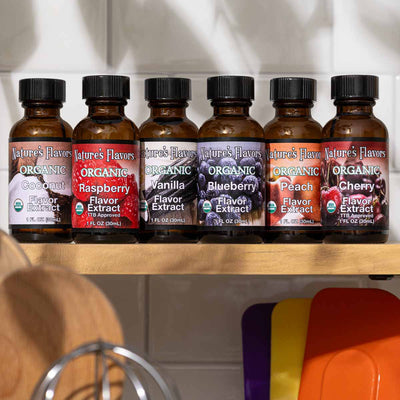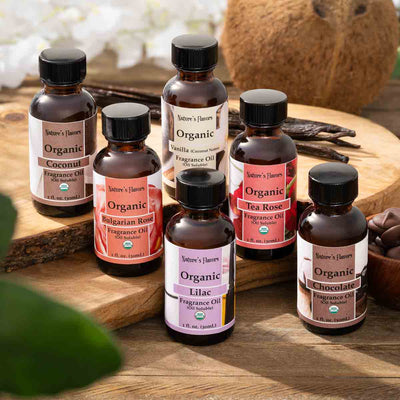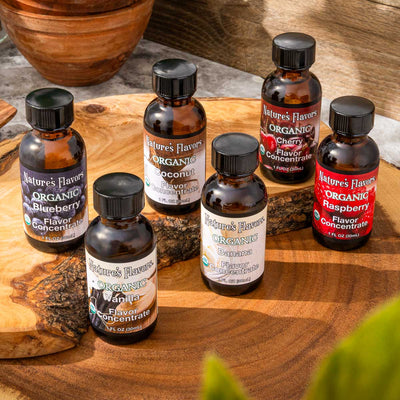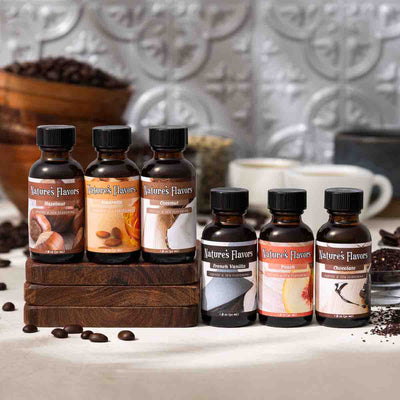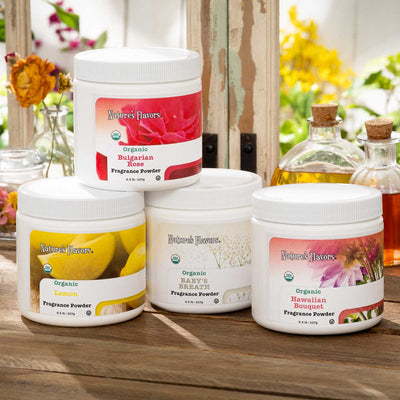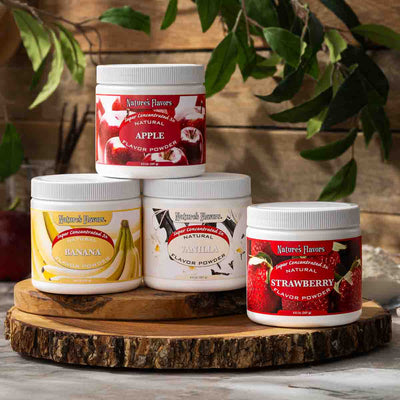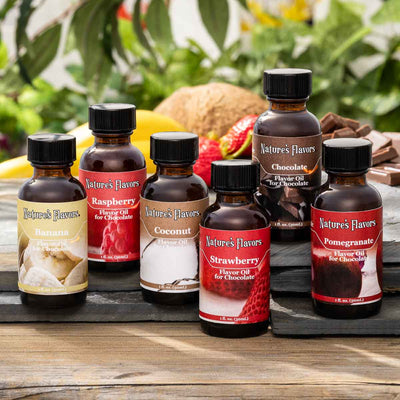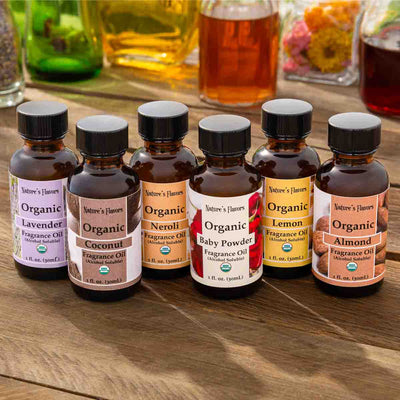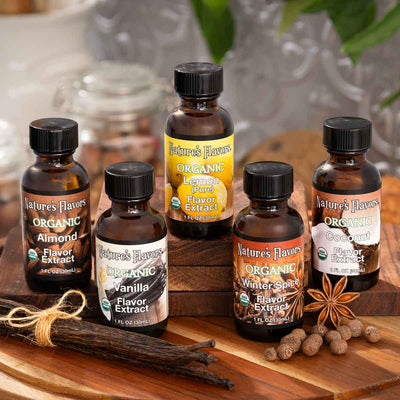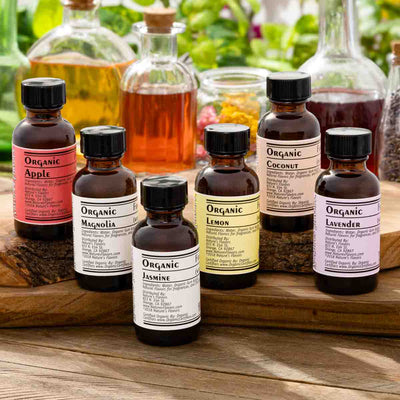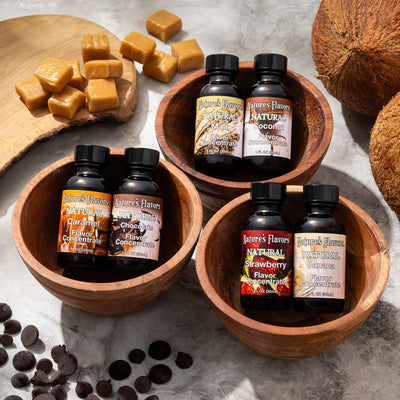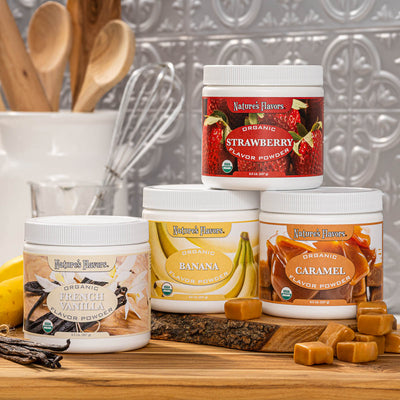This champagne flavor emulsion represents a specialized culinary ingredient formulated for commercial food production and professional kitchen environments. Engineered to maintain stability during elevated temperature processing, this concentrate delivers the characteristic taste notes associated with sparkling wine varietals. The emulsion format ensures consistent dispersion throughout various food matrices while preserving delicate flavor compounds during manufacturing processes.
Applications:
This flavor concentrate integrates seamlessly into numerous culinary applications requiring heat stability. Bakery operations utilize it in cake batters, pastry fillings, and cookie doughs where oven temperatures would typically compromise volatile flavor compounds. Beverage manufacturers incorporate it into sparkling water formulations, mocktails, and specialty drink blends. Confectionery applications include chocolates, caramels, and hard candies. Sauce and dressing manufacturers employ it to create sophisticated flavor profiles in vinaigrettes, glazes, and reduction sauces.
Benefits:
The concentrated formulation provides operational advantages for commercial production environments. Batch-to-batch consistency ensures standardized flavor delivery across production runs. The shelf-stable format reduces inventory management complexity while maintaining flavor integrity throughout storage periods. Small usage quantities maximize cost efficiency compared to traditional flavoring methods. The emulsion's compatibility with various pH levels and ingredient systems simplifies formulation processes for product development teams.
Versatility:
This ingredient adapts to diverse culinary requirements across multiple food categories. Its concentrated nature allows precise flavor intensity control, enabling customization for specific product specifications. The emulsion remains stable in both acidic and neutral environments, accommodating various formulation requirements. Temperature tolerance extends from frozen applications through high-heat processing, providing flexibility for different manufacturing methods and end-product storage conditions.
Quality Assurance:
Manufacturing protocols adhere to established food safety standards with comprehensive testing procedures. Each production batch undergoes analytical verification for flavor consistency, microbiological safety, and chemical composition. Documentation systems track ingredient sourcing through final packaging, ensuring traceability throughout the supply chain. Regular third-party audits validate facility compliance with industry regulations and certification requirements.
Sustainability:
Production methods incorporate environmentally conscious practices throughout the manufacturing process. Ingredient sourcing prioritizes suppliers demonstrating responsible agricultural practices. Packaging materials utilize recyclable components where feasible, supporting circular economy principles. Energy-efficient processing equipment reduces environmental impact while maintaining product quality standards.


